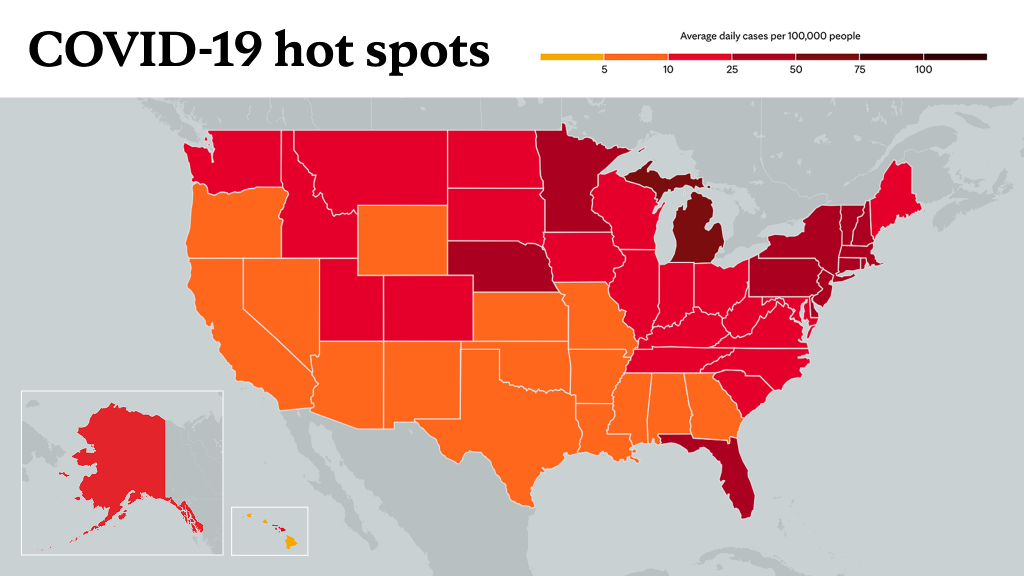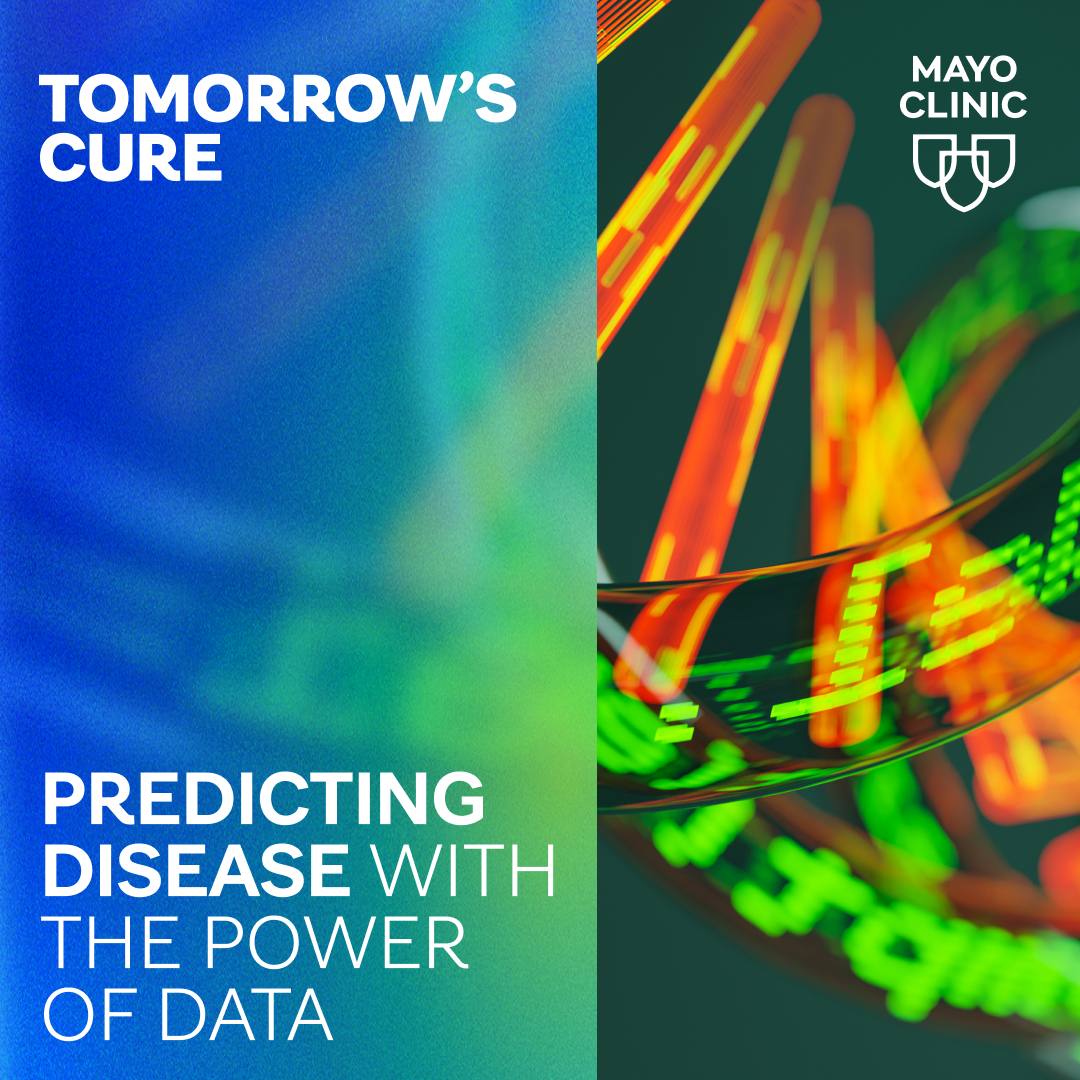-
Sexually transmitted infections during COVID-19 pandemic

One in 5 Americans has a sexually transmitted infection, according to the Centers for Disease Control and Prevention (CDC). During Sexually Transmitted Diseases Awareness Week, April 12–17, the CDC encourages discussion, testing and help to remove the stigma surrounding sexually transmitted infections and diseases.
During the early months of the COVID-19 pandemic reports of sexually transmitted infections decreased due to disruptions to health care and sexually transmitted infections testing services, reports the CDC. Reduced access to testing and diagnoses may have led some people to unwittingly spread infection. As clinics reopen, infections rates are again are on rise.
Dr. Abinash Virk, a Mayo Clinic infectious diseases physician, says rates of infection are rising, especially in younger populations.
Watch: Dr. Abinash Virk talks about sexually transmitted infections.
Journalists: Broadcast-quality sound bites with Dr. Virk are available in the downloads at the end of the post. Please courtesy: "Abinash Virk, M.D./Infectious Diseases/Mayo Clinic."
"The biggest concern with these sexually transmitted infections is that they occur in people between 15 and 24 years. That's the biggest age group that continues to have new and emerging infections. But the problem is that many of these infections are without symptoms. That means that people can transmit diseases to their sexual partner if they don't take precautions like wearing a condom or other protection to prevent transmission."
Sexually transmitted infections, including HPV, chlamydia, gonorrhea and syphilis, are transmitted person to person through sexual activity, including vaginal, oral and anal sex. Left untreated, sexually transmitted infections can lead to larger health problems.
"For women, which is the other group that had higher risk of sexually transmitted infections, it also has an impact on reproduction and fertility," says Dr. Virk. "Along with infertility, sexually transmitted diseases may cause HPV-associated cancers, such as cervical cancer in women or penile cancers in men."
There are more than 100 types of HPV. Certain strains of HPV also can contribute to cancers of the genitals, anus, mouth and upper respiratory tract.
"About 42 million people in the U.S. in 2018 were diagnosed with HPV, which can cause cancer," says Dr. Virk. "There's a vaccine for HPV that is very effective in preventing cervical cancer, cancer of the penis, other types of HPV-related cancers."
Treating sexually transmitted infections, especially gonorrhea, is a growing concern due to antibiotic resistance.
"There is emerging resistance, particularly among the gonorrhea bacteria. This has received international attention because there have been cases where the gonorrhea bacteria were completely resistant to antibiotics. We want to prevent that from happening. It's really important again for people to prevent gonorrhea from happening by using condoms and other precautions," Dr. Virk says.
When it comes to sexually transmitted infections, Dr. Virk urges everyone to have conversations with their sexual partners, use condoms and get tested regularly. "It's really important for people to be aware of their own health and to take precautions."
Related posts:
- Mayo Clinic Minute: Why HPV vaccine is important for preteens.
- Infectious Diseases A-Z: Rising STIs in the US.
- Infectious Diseases A–Z: Sexually transmitted infections at a record high.
Information in this post was accurate at the time of its posting. Due to the fluid nature of the COVID-19 pandemic, scientific understanding, along with guidelines and recommendations, may have changed since the original publication date.
For the safety of our patients, staff and visitors, Mayo Clinic has strict masking policies in place. Anyone shown without a mask was either recorded prior to COVID-19 or recorded in a nonpatient care area where social distancing and other safety protocols were followed.
For more information and all your COVID-19 coverage, go to the Mayo Clinic News Network and mayoclinic.org.
Learn more about: Tracking COVID-19 and COVID-19 trends.

Related Articles







